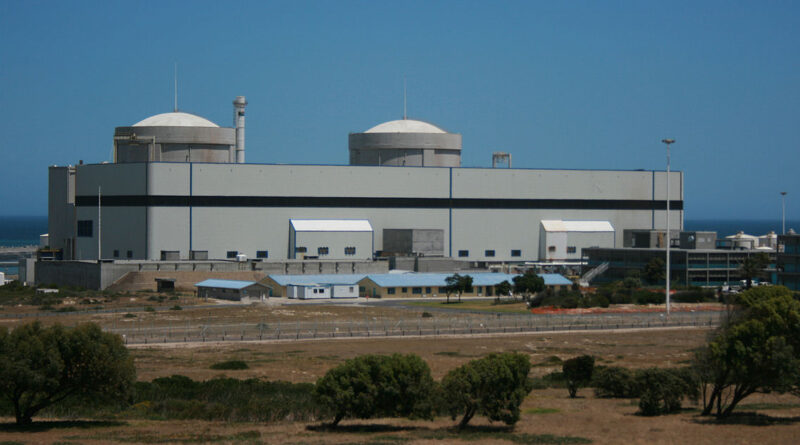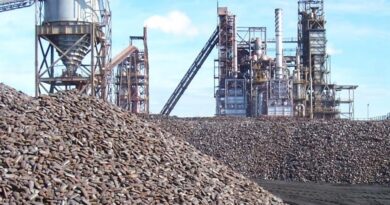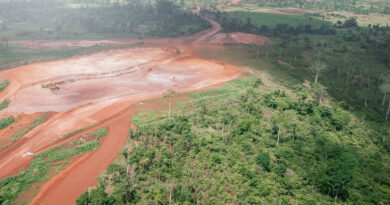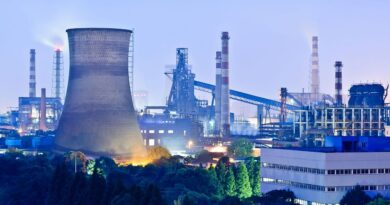Driving forces behind the second nuclear renaissance
As we outline in our analysis “Nuclear energy is back“, the main reasons driving this second nuclear renaissance are a demand for clean baseload energy that can power the huge demands from new data centers to power artificial intelligence, as well as meeting national security and clean energy concerns.
SMR risks
SMRs are not immune to cost overruns or political blowback — in particular, many of the cost estimates apply when several reactors have been built with factory scaling, and lead times (Darlington’s first unit won’t be online until 2030) mean delays can push projects into the the next decade.
And, technically, many experts argue that it is more efficient to just build out larger scale reactors instead.
But, politically and financially, SMRs offer a more palatable path with smaller upfront costs, modular deployment, and better alignment with today’s funding and regulatory environments.
Uranium market: structural tightness
World annual reactor-related uranium requirements are projected to rise to between around 90,000 tU/y and 142,000 tU/y by 2050, from 59,000 tU in 2023 — an increase of 53% and 140% respectively.
But global uranium supply will struggle to meet the high-demand growth requirements by the 2080s, with high-demand growth requirements by 2050 set to use approx 50% of the currently identified recoverable resource base at costs below USD 130/kgU and about 35% at costs below USD 260/kgU. Beyond 2050, however, even if nuclear capacity remains at 2050 levels, cumulative uranium requirements would surpass 100% of the current total identified resource base in the highest cost category by the 2080s under high demand or by the 2110s under low demand — according to the latest “Red Book” report by the Nuclear Energy Agency and International Atomic Energy Agency.
SMRs — with their shorter build times — are a potent accelerant to this mix. This is especially so as, once an SMR is under construction, fuel delivery contracts are signed years in advance.
If most SMR designs (300–500 MWe range) typically consume 200–500 tU/year, projecting to 2035, industry proposals and country roadmaps (Canada, UK, US, China) suggest deploying 10–15 units — leading to 2,000–3,000 tU/year additional demand. This is equivalent to two major mines’ output, but new mines can 10-15 years to develop.
SMRs will increasingly require enriched uranium, often HALEU (High-Assay Low-Enriched Uranium), creating additional bottlenecks and demand drivers beyond mined U₃O₈.
“SMRs are turning theoretical demand into real contracts — and for explorers like us, that’s the signal we’ve been waiting for. With governments now funding buildouts and fuel delivery locked in years ahead, the race is on to discover and develop the next tier of uranium supply.
F3 Uranium is emerging as one of the most active and high-grade uranium explorers in Canada’s Athabasca Basin. Our flagship PLN Project continues to deliver standout drill results, with recent drilling producing high assays of up to 66.8% U₃O₈ — among the highest grades reported globally in 2024. Backed by a strong technical team and strategic positioning near infrastructure, F3 is well-placed to supply the next wave of demand from SMRs and large-scale reactors alike.”
Dev Randhawa, CEO and Chairman, F3 Uranium Corp (TSXV: FUU, OTCQB: FUUFF)
Conclusion
With SMRs advancing and utilities starting to shift procurement strategies, the floor is rising in the uranium market — and a new structural bull case is forming, not with mega-project headlines, but with funded, staged rollouts that lock in fuel supply along the way. The impact will not be small.




